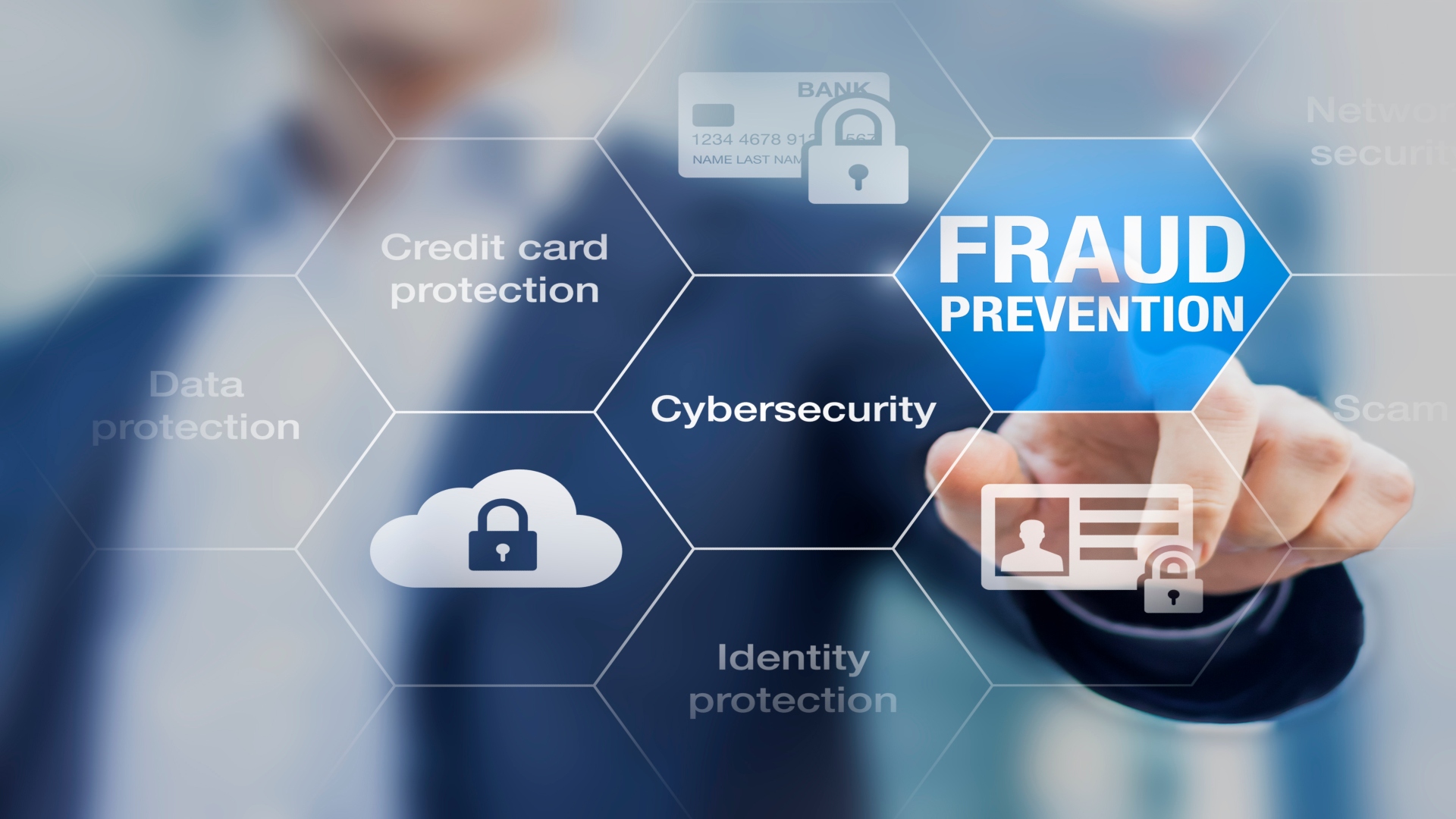The rising availability of Internet services brings people together, creates new opportunities, and provides access to knowledge across the world. Yet, while the internet acts as a fundamental force for connection, it also creates the perfect forum for fraud. With stolen identities, financial fraud, and an epidemic of criminal services that concentrate on the internet, businesses and individuals need to understand the risk and take steps to protect themselves.
Digital fraud isn’t a new phenomenon. Yet, with cases increasingly impacting people across the globe, individuals need to engage with online fraud prevention strategies to reduce the chance of encountering problems online. In this article, we’ll explore the evolution of digital fraud and chart the leading strategies that you can use to keep safe online.
A Brief History of Online Fraud
In the “Law of Athens,” Alick R.W Harrison discusses one of the earliest recorded cases of fraud. Back in 300 B.C., Hegestratos and Xenothemis created a scheme where they would take out insurance on a boat and then attempt to sink it themselves, collecting the insurance fees. Flash forward to 1919, and Charles Ponzi conducts an investment scam that echoes across time and now gives name to another common type of fraud, Ponzi Schemes.
While the fundamental drive that motivates people to commit fraud hasn’t changed since 300 B.C., the methods with which they can use are now radically different. One common method is online fraud, with the United States alone logging hundreds of thousands of cases each year,
Digital fraud can take many forms but often exploits people’s inherent trust in others and their respect for authority to swindle individuals out of money or personal details. There are numerous types of digital fraud:
Romance Scams: People use fake profiles on dating apps to forge a relationship with someone, only to scam money out of them once they trust the fake person.
Phishing Scams: Fake emails will attempt to steal passwords or financial information from individuals.
Government Gateways: Phishing emails may sometimes take the form of spoofed government website links. Individuals that sign into these fake platforms accidentally give away their personal information, which scammers can use for identity theft.
With the sheer scope of the network of digital fraud, there are more scams than even leading security councils can keep up with. However, just because the face of fraud is constantly changing, doesn’t mean there isn’t anything individuals can do to protect themselves.
What to Watch Out For When Online
The first step when attempting to protect yourself from online fraud is understanding what the different types of attacks may be. Fraud normally isn’t a fast affair, relying on trust or an accidental misclick on a bad link to set the wheels in motion. With that in mind, seeking out information about the common types of scams will help build up a general awareness of communications that you should see as a red flag.
For example, many cases of online fraud come through email, making this a domain where you should be on high alert. If you receive an email that’s too good to be true or asks you to follow suspicious external links, take extra care.
Alongside knowing common types of scams, there are a few warning signals to look out for:
Forced Urgency: Human action bias, where you make a knee-jerk reaction to news and rapidly try and solve a problem, is one of the main techniques that scammers rely on. If you receive an email that asks you to jump to action to reset your password or log onto your bank to check a correspondence, you should take a second to stop and think. Always assess for threats before giving in to the sense of urgency; you will likely thwart a fraud attempt by doing so.
Spelling, Punctuation, and Grammar Errors: Official businesses and governments will never make orthographical errors when sending out email correspondence. If you notice spelling or grammar errors in an email, you should take a second to confirm that the email address is right before engaging with it. While security systems prevent this kind of email from reaching your inbox, they’re not infallible.
External Links: Some governments completely avoid putting links into their emails as they understand this is the most common way that hackers phish their targets. Where possible, inspect email links before clicking on them. Even better, navigate to a site through your search browser, not via an email link.
Another factor to consider is that with the invention and wide accessibility of AI tools, it’s become easier than ever before for scammers to make personalized scam emails. Due to this, you should always take the maximum amount of precaution when interacting with links and emails online.
Even one wrong click could compromise your accounts and cause major problems down the line.
Protecting Against Online Fraud
Both individuals and organizations are highly targeted when it comes to digital crime. Individuals often take fewer precautions, with especially older people being a common focus for scammers. On the other hand, organizations contain a huge volume of valuable data, making them a prime target.
Whether you’re an organization looking to fortify your security posture or an individual who wants extra protection when browsing online, it’s important to look toward professional security services. Implementing a threat management and prevention service for online fraud will radically decrease the chances of nefarious links ending up in your inbox.
With a phenomenal security system and a baseline level of knowledge about what forms online fraud commonly takes, you’ll be primed to stay safe when browsing online.




























